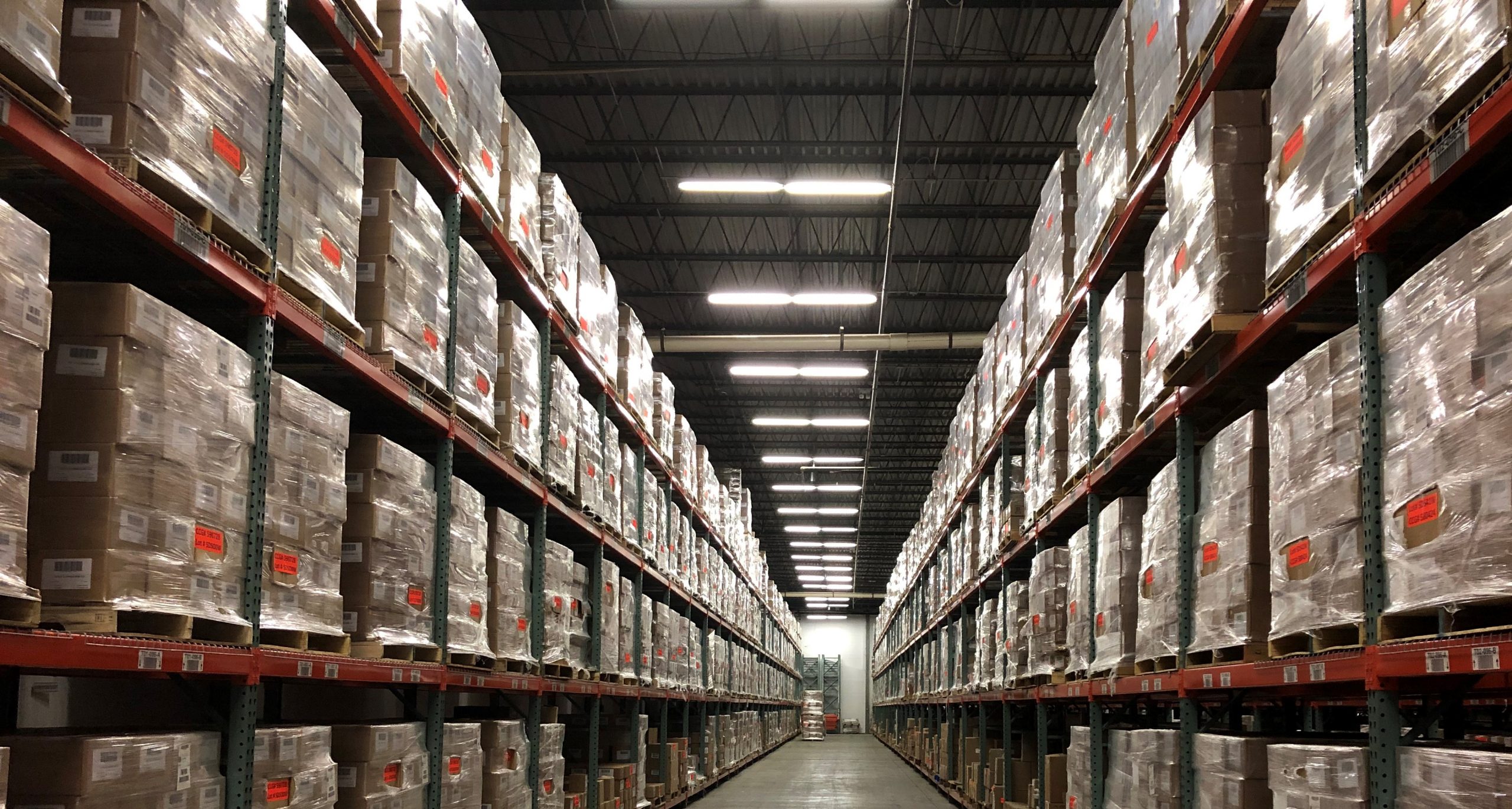Good Warehouse Practices for Pharmaceutical Samples
A lack of good warehouse practices for pharmaceutical samples accounts for losses of billions of dollars’ worth of pharmaceuticals every year, according to The National Center for Biotechnology Information (NCBI). These losses delay the timely distribution of life-saving and life-improving drugs. In addition, losses critically impact public health, as well as the professional reputations of businesses across the supply chain. Because of the integral nature of warehousing in the pharmaceutical industry, this segment of the supply chain needs critical care and attention. With the development and distribution of a COVID-19 vaccine, there has never been a greater need to focus on impeccable pharmaceutical fulfillment.
Start at the Beginning: Receiving
Upon receiving pharmaceutical samples, it’s essential for warehouse personnel to inspect the condition of the product. Conditions that warrant concern for the integrity of the product include:
- Fluid or moisture on the packaging could indicate leakage, or that some other fluid came in contact with the product
- An unusual odor might point to contamination
- Spilled product suggests that the packaging has broken down, compromising contents
- Evidence of pest infestation, such as a nest or feces
- Improper temperature for particular product
Further inspection follows if all or part of a shipment shows any of the above signs of distress. Likewise, uncompromised product must be stored according to its specifications.
The Importance of a Controlled Environment
All Pharmaceutical products have specific temperature, storage, handling, and destruction requirements. The product’s Safety Data Sheet defines these requirements. For example, “Cold chain” distinction means that the product requires refrigerated storage (2-8¡ C) across logistics to maintain the integrity of a given drug. However, “Temperature-controlled” is more frequently the norm (20°C – 25°C). In addition, products often require special handling or documentation during transport, because different pharmaceutical products require storage at different temperatures. cGMP warehousing practice ensures that dedicated storage exists at controlled and monitored temperatures to prevent overheating, freezing, and general spoilage due to temperature fluctuation. Other environmental factors to keep an eye on include:
- Excess humidity, which can encourage bacterial growth
- Light
- Vibration
- Shocks
The industry waits for reasearch and development to create packaging that makes pharmaceuticals impervious to environmental conditions. In the meantime, trained warehouse staff and updated warehouse technologies remain the first guard for a breakdown in the integrity of a product.
Packaging as Part of Good Warehouse Practices for Pharmacetical Samples
Poor or compromised packaging contributes to a large percentage of product waste. Unfortunately, damage can occur at several points in the pharmaceutical warehousing and distribution chain. Product that isn’t packed tight enough allows for the presence of excess humidity. Unfortunately, humidity causes spoilage. Or, a chemical used to treat a pallet may interact with product, even if it doesn’t come in direct contact with it. Therefore, adherence to the packaging needs of the particular pharmaceutical, plus a meticulous facility, go a long way to ensuring safe delivery.
Time Is of the Essence in Pharmaceutical Sample Distribution
Alongside temperature and packaging, time is one of the most critical elements of good warehousing practice for pharmaceuticals. Shelf life varies widely. For example, some drugs, such as radioactive treatments for cancer, span a mere 28-day window of efficacy from the time they are manufactured to customer delivery. Good time management for warehousing requires a strong line of communication for the duration of the process. Therefore, from the moment the product is received, through storage, packaging and labeling, and ultimately onto transportation and order fulfillment, expediency matters.
A Designated Team Reduces Risk & Maximizes Efficiency
Many hands make light work, the saying goes. However, too many points of contact in the supply chain—without integrated technologies and clear communication— lead to the degradation of environmentally sensitive products such as pharmaceuticals.
CCG Marketing Solutions features a highly trained and dedicated team for pharmaceutical fulfillment that prioritizes service and safety. Since 2005, we’ve offered cGMP storage, kitting, complete letter shop and print services. What’s more, we are fully pharma compliant and capable of meeting the most stringent requirements of the pharmaceutical industry. Contact us to learn more.

